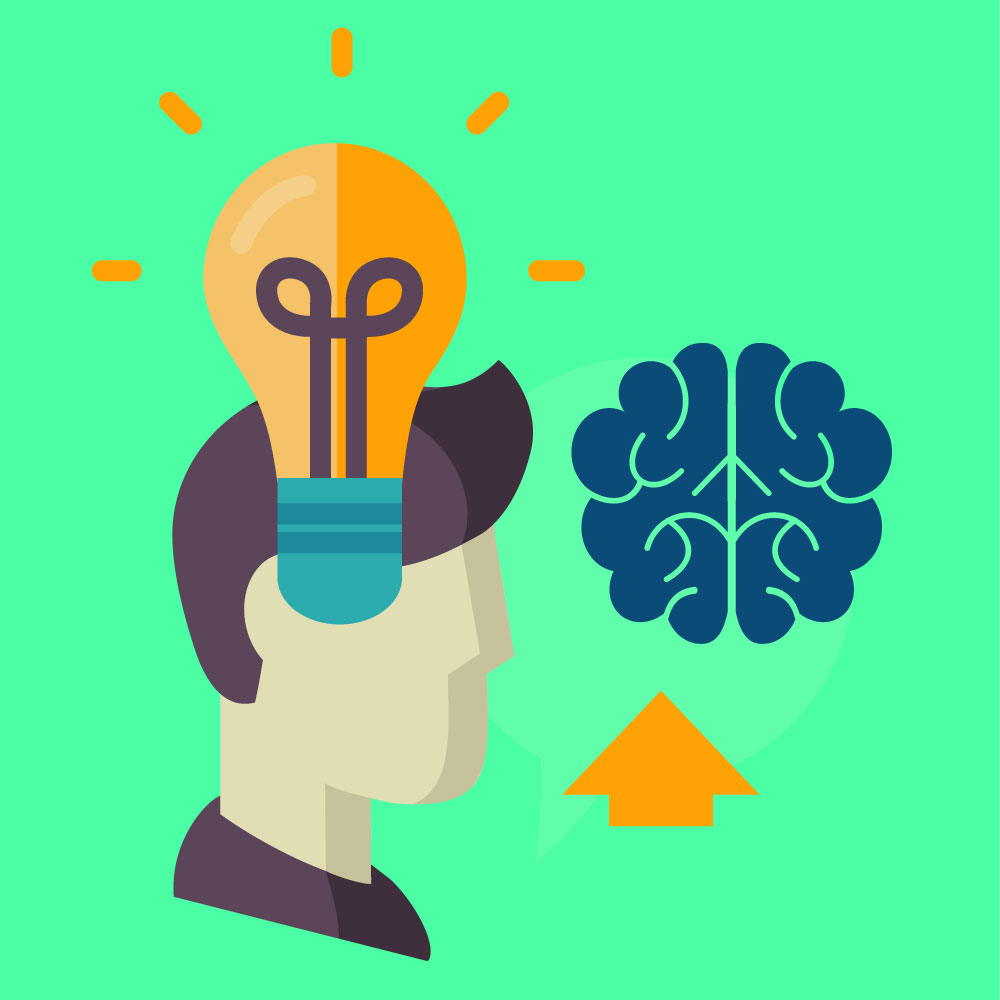LearningWorks Live Instructor Training
Module 1
The Science of Play
The latest medical and educational research shows that from infancy to old-age, play teaches valuable thinking skills while extending, expanding, and developing the brain. This includes digital play like surfing the Internet, using software and apps, or playing video games.
Playing selected video games in the proper amounts is actually good for your brain! Emerging research in the area of neuroscience demonstrates that all sorts of play — digital play especially — can have long-lasting, positive effects on the brain.
For example:
- Playing problem-solving video games increases activity in the prefrontal cortex of the brain, leading to improved thinking skills and analytic abilities.
- Playing working memory-based games results in structural brain changes that improve memory over time.
- Playing puzzle games like Tetris can thicken the cortex of the brain.
- Video games have been shown to improve visual attention.
- Games with significant scientific, mathematical, and literacy content have been successful in teaching specific academic material to kids.
- Digital media and video games can improve kids’ ability to pay attention and focus on tasks.
Play = Learning
Children learn from their play. From playing their first game of peek-a-boo with their parents to learning the rules of a simple game like tic-tac-toe, play provides children with opportunities for exploring and testing their thoughts about the world. Play helps to teach about relationships, cooperation, and problem-solving. Play allows them to imitate adults, care for others, and teach and share what they have learned. Play facilitates learning how to handle disappointments and successes, develop imagination and creativity, and to practice planning, prioritization, and thinking about the future.
Kids play because playing is fun, but research has shown that play also provides children with opportunities to practice important skills that they will need as older children and adults such as:
- A chance to take on different adult roles in creative activities, such as playing house or school.
- An occasion to learn skills for defending or feeding oneself and for establishing oneself in a hierarchy as seen in the animal kingdom.
- In many societies, early play remains an opportunity to apprentice and practice the skills necessary for one’s future roles, whether that be as a caretaker of a household, or as a farmer, hunter, or builder.
Play in the digital age continues to serve as preparation for children’s future roles in adulthood. As demands in the work setting become more contingent upon electronic and computer-based skills, children who have strengths in these areas are more likely to become successful and acclimate to the demands of the digital work world.
Digital Play
Digital play is broadly defined as a voluntary, pleasurable, energizing activity that involves the use of digital media such as video games, websites, and apps, as well as technologies like hand-held cell phones, iPads, and iPods. Digital play also includes the use of creative technologies like digital cameras, writing tools, publishing software, and photo editing applications.
Recent research shows that digital play helps in the following ways:
- Digital play can be enlightening and can create new connections in our brains.
- It can help to develop an expertise in the use of digital technologies that may be helpful for future jobs, as well as for communicating with one’s peers.
- It can also be an opportunity to use thinking skills that may later be applied to other real-world situations.
Digital play is simply viewed as another variant of children’s play. Rather than criticizing digital play because it is different from traditional forms of play, it is better to understand why it is so appealing to children (and adults) and then integrate it into their education.
The Power of Games
The neuroscience of play helps us to understand how digital play leads to learning. But why are video games and other digital technologies such powerful learning tools? In part, it’s because the level of focused attention that children practice during video game play facilitates increased amounts of practice and repetition. As in the classroom, where a teacher who is engaging, interesting, and funny is simply able to teach more, the same holds true for technologies that command the attention and focus of students. Video games also have attributes that promote enhanced engagement in both directed and incidental learning.
Current research shows that these attributes can include:
- The chance to learn through guided discovery.
- The increasing levels of challenge that match a child’s developing mastery.
- The multi-modal nature of digital technologies that use words, actions, and sounds.
- The ability to customize learning experiences.
- The opportunity to develop content.
- The clarity and speed of immediate feedback.
- The trial-and-error methods where making mistakes is an accepted part of the process, just as hypothesis-testing and rethinking are expected components of game play.
- The lack of criticism by peers or authority figures.
Simply put, by starting with an engaging and stimulating learning activity that provides individualized feedback, children are more likely to practice a skill and continue learning in the face of frustration and difficulty.

Training Modules
Follow along with each of the training modules by clicking on the buttons below.
